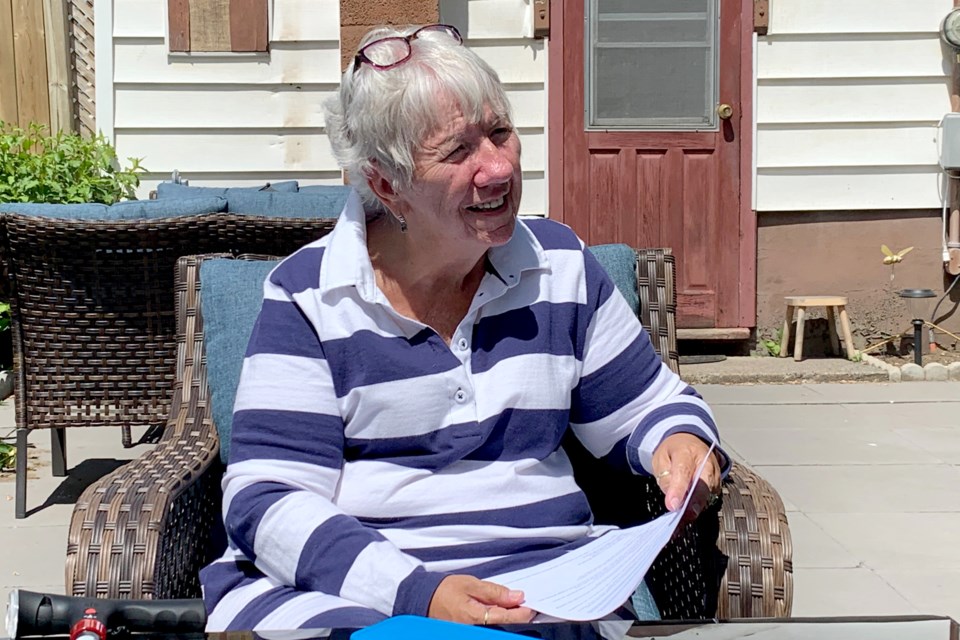THUNDER BAY – The head of the North Superior Workforce Planning Board says Thunder Bay isn’t doing too badly when compared to the rest of Canada.
Fom May to June, the country experienced a growth of 1.5 percentage points in its unemployment rate, while Thunder Bay’s grew just 0.7 per cent. The district's rolling three-month unemployment average is 11.1 per cent.
However, any positive growth in the unemployment rate is never a good sign, Madge Richardson said.
“Canada is actually twice as high as Thunder Bay’s,” she said on Friday, after Statistics Canada released its latest employment figures, nearly four months after the COVID-19 pandemic forced businesses across the country to shut their doors.
Richardson said another statistic released by the government shows the city’s employment rate is less than 50 per cent, which means less than half of the people who want to work or are looking for work, are actually employed.
“Only half of the population is doing that. So there are going to be lots more people coming into the labour market and looking for work beyond the date when that figure was taken. So that’s a large concern right there,” Richardson said.
However, like most statistics, timing is everything.
Richardson, the former mayor of Schreiber, Ont., said the numbers were collected during the first week or so of the province’s Phase 2 reopening, and not all businesses had yet opened their doors.
That could mean a mixed bag for potential workers.
On the one hand, more people may have been rehired. On the other, there’s a new way of conducting business that’s arisen.
“A number of people may not have been called back. But I think, from our business impact survey we’ve been doing over the last number of months, a lot of businesses were hit really hard, so they’re rethinking or recalibrating their operations,” Richardson said.
“Some of them may be slower to start up than others. There are so many variables. I think it’s difficult to make one statement of why it’s happening. I think it’s pretty complex. But at this point, if you are one of those looking for work, there isn’t a great deal of competition looking for those postings that are open.”
Richardson said complicating the matter is fear held by many of going back into the workplace, mostly surrounding their own health and safety and that of their families.
“It may be lack of personal protective equipment,” she opined.
But the federal government may also be impeding workers from seeking to return with the promise of the Canada Emergency Response Benefit, a $2,000 payment to qualified workers who lost their jobs because of COVID-19.
“The CERB may act to de-incentivize a number of people from going back to work. That emergency amount ... has almost enabled them to hold off actively looking for work. It’s helped many people, and the intent of it was really good, but it has acted as a disincentive for many people going back into the workforce.”
Richardson said she’ll be able to get a better grasp of the situation when the July numbers are in, as it will be a full month of Phase 2 being in place.
